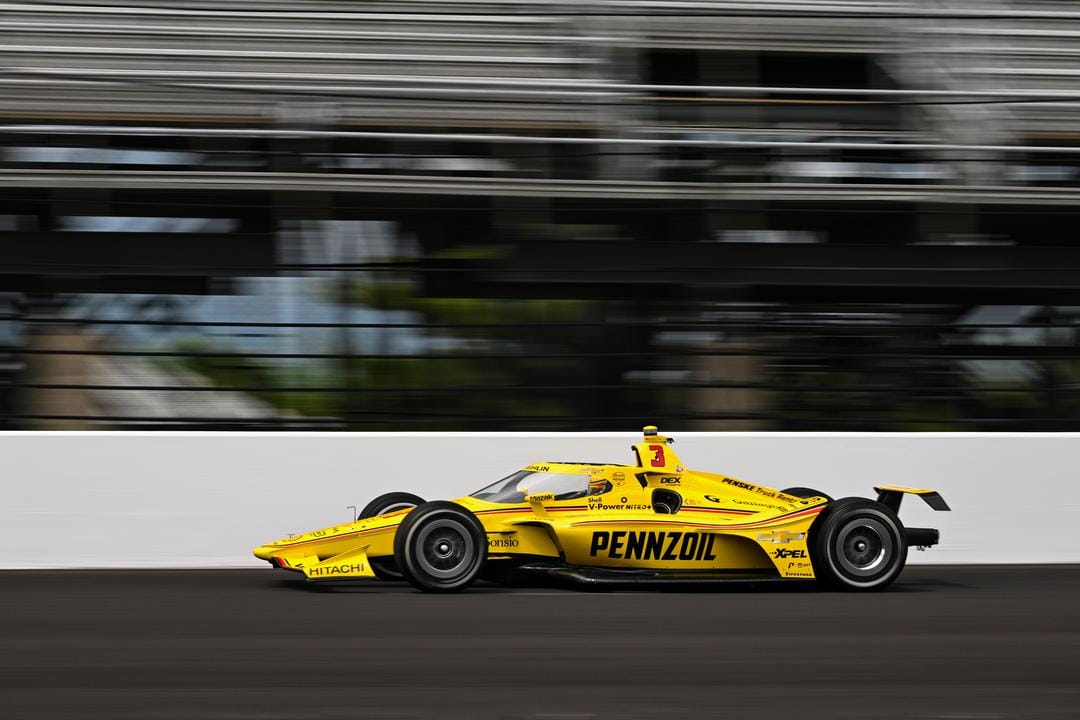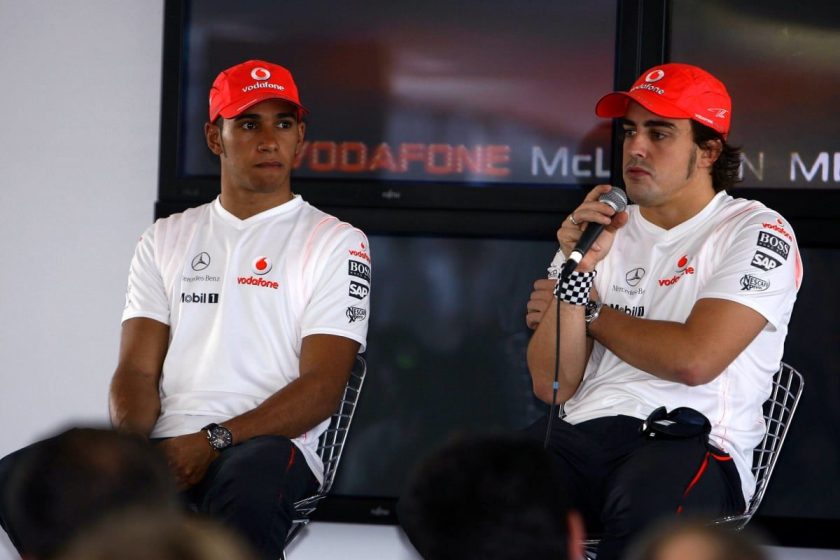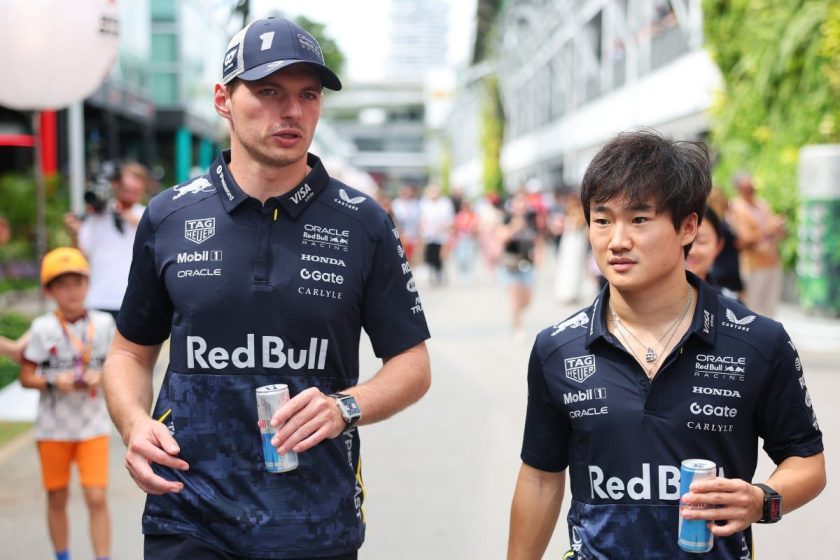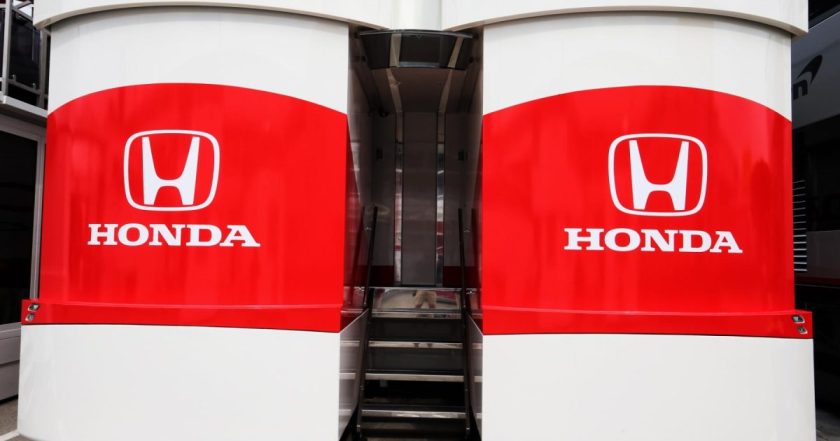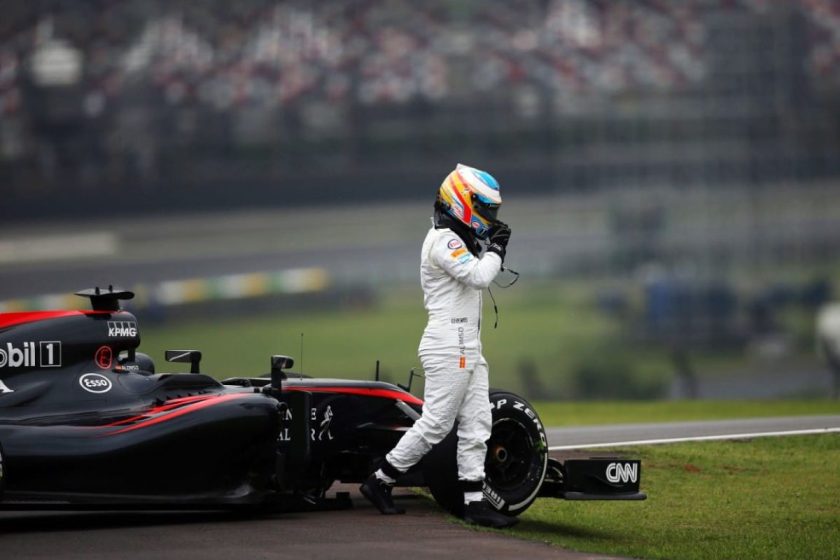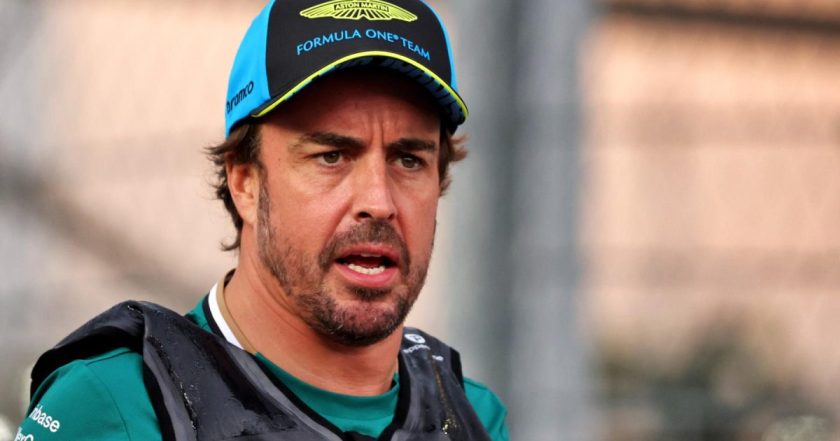P1racenews AI automatic summary:
How is the grid for the Indy 500 set? Here’s how the format works and what to expect.
Indianapolis 500 qualifying is always thrilling and full of surprises, like in 1995 when Penske failed to make the race or in 2019 when Fernando Alonso was bumped from the grid. The four-lap average speed can reach up to 233mph, testing drivers, cars, and engines to the limit. Qualifying for the Indy 500 follows a specific format, with different days and rules for determining starting positions.
On Saturday, drivers from 13th to 29th secure their spots, while the top 12 and positions 30-34 face the challenge of making the cut. A random drawing determines the qualifying order, and each car gets a solo four-lap run to set a time. Drivers can queue for a second attempt, but it comes with risks – surrendering their previous time for a chance to improve, adding an element of excitement and tension to the process.
If there’s rain, the qualifying may be moved to Sunday, condensing the action into a single day. IndyCar has the discretion to make decisions based on the circumstances rather than strict rules. Ultimately, the Indy 500 qualifying process is a high-stakes, rollercoaster experience that adds to the drama and excitement of “The Greatest Spectacle in Racing.”
